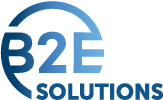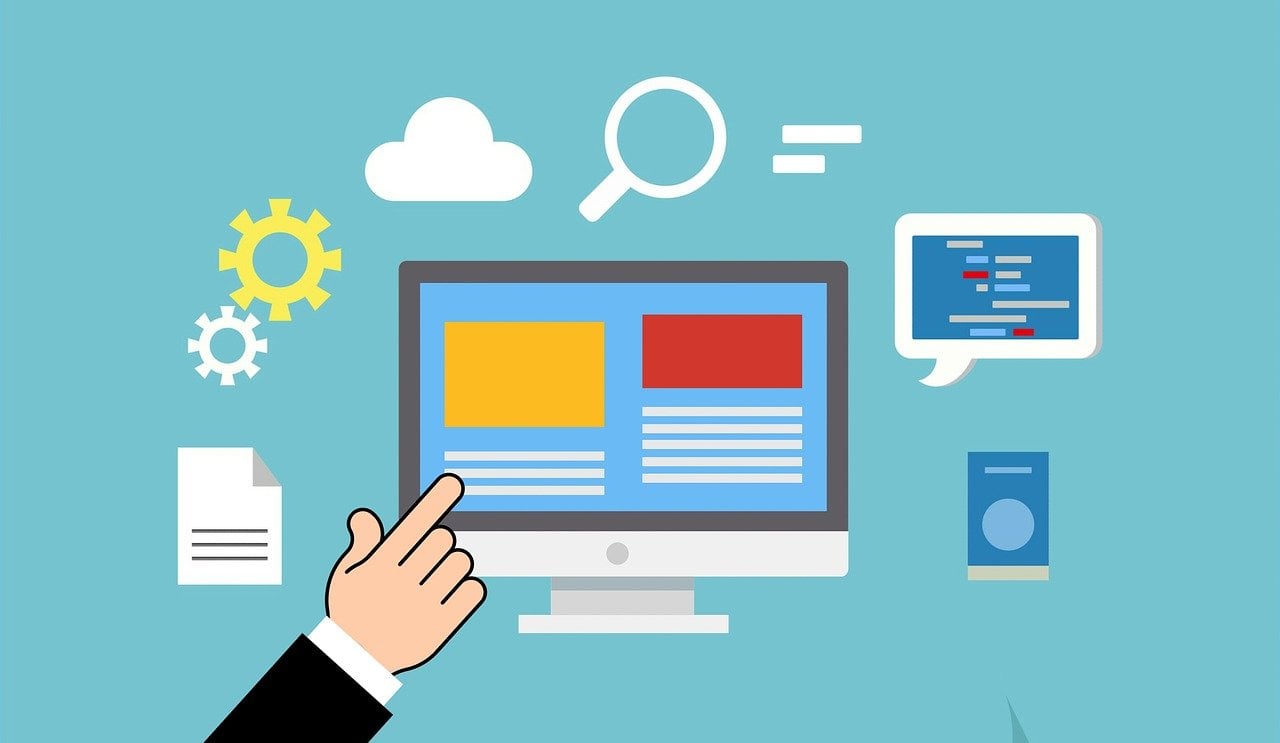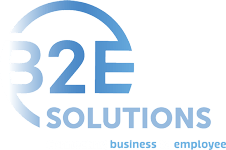The onus of employment eligibility verification has always fallen on the shoulders of employers. So, while the I-9 form was recently updated, its purpose remains unchanged — to ensure employees are lawfully authorized to work in the United States.
The latest I-9 form revisions reflect ongoing efforts by U.S. Citizenship and Immigration Services (USCIS) and the current administration to prioritize employment authorization and its associated processes.
While there’s no replacement for I-9 information found directly on the USCIS site, this FAQ article will ease the I-9 process for employers by providing practical answers to frequently asked I-9 questions, including a look at what’s new with the latest version of the form.
What’s changed with I-9 form 2025?
On April 3, 2025, USCIS announced a new version of the Form I-9, dated 1.20.25 with an expiration date of 5.31.27. The form changes fall into the following categories:
1. TerminologyThe most notable changes to the 2025 Form I-9 are aimed at aligning the form with statutory language. “Noncitizen” was replaced with “alien.” Additionally, “gender” was replaced with “sex.”
The first example of this change can be found in the fourth checkbox in Section 1 of the form where the phrase “a noncitizen authorized to work” was replaced with “an alien authorized to work.”

In addition, the descriptions for two List B documents in the list of Acceptable Documents (within the Driver’s license and ID card descriptions) have been updated by removing the word “gender” and replacing it with the word “sex.”

Employers who utilize E-Verify to confirm employment eligibility will see the same terminology replacements throughout the E-Verify system.
2. Privacy NoticeThe 2025 I-9 form’s instructions include an updated data privacy notice with clarifications by both the USCIS and Department of Homeland Security (DHS) regarding routine uses for data obtained via the I-9 form.
Essentially, the updates clarify that USCIS does not store Form I-9 data or retrieve the information by a personal identifier, but that DHS may share the information provided on the form (along with any additional requested evidence) with authorized organizations. The updates to the form also spell out that DHS follows approved uses for the data, as outlined in their System of Records Notice.
The image below highlights the text that was added to the latest I-9 form's instructions.

When do employers need to switch to the I-9 form 2025?
Employers should use the most recent I-9 form, or the most recent, non-expired form available in their human capital management (HCM) system, when verifying the identity and employment authorization of new employees. It is not necessary to go back and replace all current employee I-9s with the newest version.
Employers need to reverify employment eligibility for an employee if:
- An employee’s work authorization or documentation expires.
- An employer rehires an employee within three years of the date of the employee’s previous I-9 form. In this case, the employer can choose to complete Supplement B of the previously completed I-9 form or fill out a new I-9 form. (Note: If an employer rehires an employee after 3 years or more of separation, a new I-9 form is required).
- Employers receive a reliable notice that an employee’s authorization is deficient, such as a written notice from Immigration and Customs Enforcement (ICE) or USCIS.
Are employers required to use E-Verify in addition to collecting an I-9?
E-Verify is a free internet-based system that allows employers to electronically verify an employee’s eligibility to work in the country by comparing the information on an employee’s Form I-9 to records available through DHS and Social Security Administration (SSA).
For most employers, participation in E-Verify is voluntary. Some employers (such as those located in certain states or with government contracts) are required to use E-Verify.
Whether or not it’s required, E-Verify is a tool that can help employers reliably verify an employee’s eligibility to work in the U.S. and reduce the risk of inadvertently hiring unauthorized employees. For more information on E-Verify (and another service and report that’s important for new hires), check out our dedicated blog post.
I know about E-Verify. So, what’s E-Verify+?
E-Verify+ works together with E-Verify to deliver a more integrated I-9 and E-Verify process that benefits employers and employees alike. For starters, E-Verify+ removes much of the burden from employers by allowing employees to enter their own I-9 information directly into the E-Verify+ portal. Verification communications also come directly from E-Verify, removing one more responsibility from the employer.
On the flip side, employees won’t need to go through the whole verification process again and again with subsequent employers. E-Verify+ allows employees to save their information in their E-Verify+ account for use with future employers who participate in the E-Verify+ program.
In summary, employees have more control over their personal information and less duplication of efforts with E-Verify+, while employers enjoy a more streamlined E-Verify process. Both parties benefit.
Do all workers need to complete an I-9 form?
Non-employees, such as volunteers, unpaid interns or independent contractors, should not complete a Form I-9. Only employees are required to complete an I-9 form.
That said, employees hired before November 6, 1986, those hired for casual domestic work in a private home and those who do not perform work on U.S. soil do not need to complete an I-9 form.
Remember, workers employed by a third-party provider (e.g., temporary staffing agencies or employee leasing firms) are exempt from completing an I-9 form with an organization. Their primary employer — the contracted service provider — is legally responsible for verifying their work authorization.
At what point in the hiring process do I-9s need to be completed?
The recommended approach for new hires is to have all forms completed and verified before day one on the job.
Legally speaking, employees must complete Section 1 of the I-9 form on or before their first day of work. Employers must complete Section 2 within three business days of the employee’s start date.
Failure to meet these deadlines can result in fines and penalties.
How long do you need to keep I-9s?
Employers need to keep I-9s for all employees they hire for three years after their hire date or one year after termination (whichever is longer).
Want more tips on recordkeeping? Check out our blog “How Long Do You Need To Keep Employee Records.”
How should I-9s be stored?
Employers can choose to store I-9 forms electronically, as hard copies or on microfilm or microfiche. The USCIS outlines the exact storage requirements on their website. The main storage priorities to keep in mind are security, accuracy and the ability to retrieve I-9 forms within three days of government request.
With this in mind, electronic storage via a human capital management (HCM) system is recommended, as the right solution will:
- Ensure only authorized users can get into the system via secure login.
- Use role-based permissions to control which users can access an employee’s I-9 form (and other information).
- Securely back up data, so no documents are lost due to human error or system failure. Plus, electronic copies aren’t at risk of physical damage from water, coffee, fire and more.
- Create a single source of truth for documents, eliminating the question of which document is the right document. “Is this paper version or that electronic version the most recent?” is no longer a question.
- Retain I-9 forms indefinitely for all current and past employees, including multiple I-9s and/or supplements for employees requiring reverification.
- Allow for quick document retrieval via advanced search and organized document storage.
Do employers need to keep copies of I-9 supporting documents?
Employers participating in E-Verify are required to retain a copy of certain documents if the employee presents them. These documents include the U.S. Passport, passport card, Permanent Resident Card (also called a Green Card) or Employment Authorization Document (EAD).
Employers who do not use E-Verify, are not required to retain copies or images of supporting I-9 documentation, unless they choose to.
Regardless of whether retention is voluntary or not, consistency is key. If an employer retains supporting document copies for one employee, the same must be done for all — regardless of the individual’s national origin, citizenship or immigration status. Failure to do so is in violation of anti-discrimination laws.
Do employers need to inspect supporting documents in person?
Yes, unless an employer participates in E-Verify.
If an employer participates in E-Verify in good standing, they are qualified to remotely examine employee documentation using a DHS-authorized alternative procedure (more information on that here).
If an employer does not participate in E-Verify, they must inspect employee documents in person (the COVID-19 exception to this rule has ended). If hiring remote employees makes this challenging, employers must appoint an authorized representative (e.g., notary public, local HR professional or third-party agent) to conduct the in-person document verification for them.
How often do employers need to conduct internal I-9 audits?
The current administration has placed an emphasis on immigration enforcement. Consequently, employers who have not paid close attention to the employment verification process of I-9 forms could be at risk.
Employers should conduct regular self-audits on a set schedule to promptly identify and correct errors, ensuring ongoing compliance with federal regulations. While ISO 9001 doesn't mandate a specific I-9 audit frequency, it's generally recommended to conduct internal audits at least annually.
For more information on self-audits and mistake correction, visit the USCIS I-9 page.
How can employers simplify the I-9 process?
Employers can transform I-9 compliance from a paperwork headache to a seamless, audit-safe process by leveraging an HCM technology like UKG Ready that eases the pain of I-9 management through:
- Smooth onboarding: Create a customizable onboarding checklist that tells the new hire exactly what steps they need to complete, including electronic forms like an I-9. This checklist can live on a handy onboarding dashboard within the system that provides the new employee with all of the information they need in one convenient location.
- Electronic I-9s: Digital, editable I-9 forms allow employees to complete an I-9 form directly in the system, while required form fields ensure no boxes or data requests are missed. Furthermore, employers can have peace of mind knowing that they’re using a compliant form, as newer form versions are added to the system for them.
- Make verification easier: UKG Ready integrates with E-Verify to make it faster, easier and seamless for employers to utilize this government service as part of their internal processes and workflows. To learn more about the E-Verify/UKG Ready integration, click here.
- Pressure-free compliance: Secure digital I-9 storage eliminates guesswork by maintaining a clear, audit-ready record. With document storage, employers will always have an employee’s full form history at their fingertips. With permanent retention of all forms and data, employers are in position to meet compliance demands, whether for active employees or future audits.
I-9 ease and compliance starts here
At B2E Solutions, we take our name to heart, delivering intelligent and practical business-to-employee solutions designed to simplify your biggest workforce challenges from day one. Our HCM solution, UKG Ready, offers a full-suite of Payroll, Time & Labor, Human Resources and Talent Management products that help you manage the entire employee lifecycle with ease, automation, accuracy and trust.
To learn more about how UKG Ready can help your hiring compliance processes, request a demo today!










